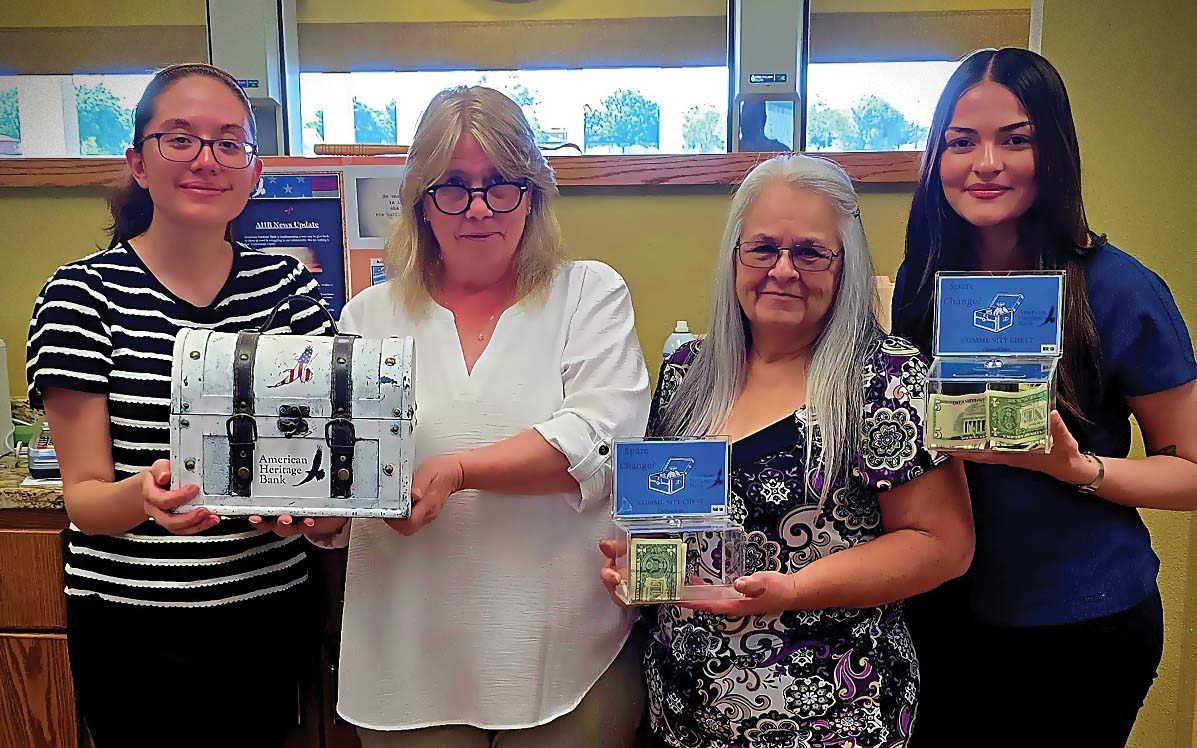An internship provides opportunities for young people to be exposed to an industry and lay the groundwork for a future career. For community banks, they can be a tool for finding the right long-term talent they need.
Why internships could benefit your community bank
August 01, 2021 / By William Atkinson
An internship provides opportunities for young people to be exposed to an industry and lay the groundwork for a future career. For community banks, they can be a tool for finding the right long-term talent they need.
Internship programs are popular among community banks for a number of reasons, one of which is that they create a pipeline of up-and-comers in the industry.
“The [internship] program gives us access to talent to fill some roles that we might not have had access to in the past.”—Andre Davis, Old National Bank
That’s one of the main reasons $24 billion-asset Old National Bancorp in Evansville, Ind., created its intern program. According to talent manager Andre Davis, it has helped the community bank find new staff and provide opportunities for college students.
“The program gives us access to talent to fill some roles that we might not have had access to in the past,” he says. “It is a great fit, because the interns can understand our culture and the [Old National Bank] way.”
Interns can also land a long-term career at a community bank. Several current employees at Gorham Savings Bank started as interns, says Diana Wheelock, senior vice president and director of human resources and organizational development for the $1.4 billion-asset community bank in Gorham, Maine. “We believe that providing internships is a win for both the bank and the student,” she adds. “We gain talent and, hopefully, lifelong friends of the bank. They gain experience.”
Bright futures in finance
While these community banks have seen the benefits of having interns, the benefits go both ways. At Old National Bank, interns gain valuable experience during their time there. “Since their assignments are not busywork, what they do exposes them to the work of banking,” Davis says. “The program also gives them the opportunity to meet and network with our executive leadership team.”
Heartland Bank in Gowrie, Iowa, works with its interns to create journals of all the areas of the community bank they learn about, the tasks they work on and the experiences they have with the bank.
“We feel this will benefit them as they determine their future plans in finance, and as potential help with future job interviews,” says Kevin Black, president and CEO of the $190 million-asset community bank.
4 steps to internship success
What does it take to create and manage a successful internship program? There are at least four critical elements, community bankers say.
1. Provide direct supervision. At Gorham Savings Bank, for example, the intern hiring process is much like it is for any other hire, except that it’s temporary.
“As a result, we seek volunteer supervisors each year to take on the responsibilities for the interns,” Wheelock says. “We make certain that the intern supervisors recognize the responsibilities they are taking on and are committed to providing meaningful experiences.”
Often, in fact, once a department has hosted an intern, that department will often request another the next year, she adds.
At Heartland Bank, weekly meetings give staff the opportunity to discuss what interns have learned and observed during the previous week, as well as what challenges lay ahead.
2. Make the work meaningful. “It is important to make sure you have a plan of action before starting a program like this,” Black says. “It should include what the bank plans to show and teach the intern, as well as what tasks the bank wishes the intern to complete.” It’s important to give them opportunities to get involved across the organization.
“One of the main elements of our program is that we make sure the assignments for the interns are meaningful work, where they are doing the work of an [employee], not tasks like filing papers,” Davis says. “We also have some research projects that they work on, which provide data that help drive business line decisions.”
3. Expose them to all areas of the bank. “Our program is a two-way street, meaning that we give the intern the opportunity to see all areas of the bank, including lending, teller work, marketing, IT, compliance, etc.,” Black says. Heartland Bank balances these learning opportunities with the basics, such as assisting tellers, answering phones and completing other projects.
Old National Bank takes a similar approach. “We are very intentional about making sure that the assignments and work provide the interns with an experience that will give them exposure to the world of banking,” Davis says. “We have also incorporated some development sessions into the program that help the interns with their professional development.”
Allowing interns to connect with executive leadership also gives them a big-picture perspective of the community bank.
4. Reflect on what works. Gorham Savings Bank management asks for feedback from interns about their experience, so that it can adjust its program and continue to provide valuable experiences.
“At the end of each program, we reflect on the program to see what worked well and what did not work well,” Davis says, “and we use that information to help build the following year’s program.”
Subscribe now
Sign up for the Independent Banker newsletter to receive twice-monthly emails about new issues and must-read content you might have missed.
Sponsored Content
Featured Webinars
Join ICBA Community
Interested in discussing this and other topics? Network with and learn from your peers with the app designed for community bankers.
Subscribe Today
Sign up for Independent Banker eNews to receive twice-monthly emails that alert you when a new issue drops and highlight must-read content you might have missed.
News Watch Today

Join the Conversation with ICBA Community
ICBA Community is an online platform led by community bankers to foster connections, collaborations, and discussions on industry news, best practices, and regulations, while promoting networking, mentorship, and member feedback to guide future initiatives.













